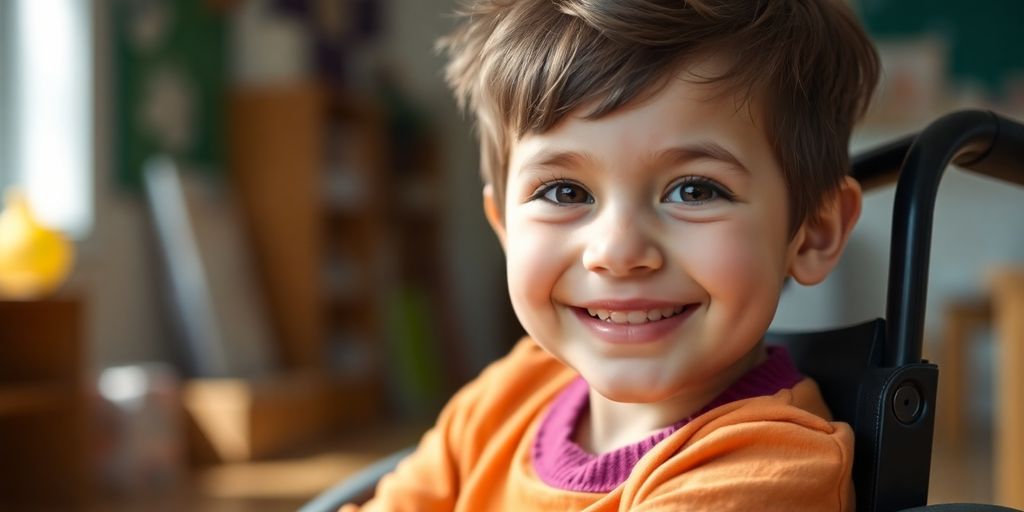Albania’s Dual Challenge: Poverty and Educational Gaps for Children with Disabilities
Albania is grappling with significant social challenges, including persistent poverty affecting a substantial portion of its population and critical shortcomings in the educational system for children with learning disabilities. While economic recovery shows promise, the nation faces an uphill battle in ensuring inclusive development and equitable opportunities for all its citizens.
Key Takeaways
- Approximately 20% of Albania’s population lives in poverty, despite a projected downward trend.
- Children with intellectual disabilities in Albanian inclusive schools lack specialized textbooks, hindering their learning.
- A new textbook for children with intellectual disabilities, developed by Albanian and Kosovan experts, awaits broader implementation in inclusive schools.
- Youth unemployment remains high at 18.9%, highlighting a significant challenge for the country’s human capital.
Addressing Educational Disparities for Children with Learning Disabilities
Albania’s inclusive education system, designed to integrate children with disabilities alongside their peers, faces a critical hurdle: the absence of specialized textbooks. This deficiency significantly impedes the learning and development of children with intellectual disabilities, particularly in elementary school.
In 2021, a collaborative effort between Albanian and Kosovan experts yielded an updated textbook specifically tailored for children with intellectual disabilities. While the Albanian Ministry of Education approved its piloting in specialized schools, its broader implementation in inclusive schools remains stalled due to a lack of agreement. This delay underscores a systemic issue that forces families to seek individual therapy and support outside the traditional school environment to help their children overcome academic challenges.
The Persistent Struggle Against Poverty
Despite a projected decrease of 1.1 percentage points in 2025, the World Bank reports that 20% of Albania’s population continues to live in poverty. This figure, based on a poverty line of $6.85 per day (2017 PPP), highlights the ongoing economic struggles faced by many Albanian households.
While poverty levels have shown a downward trend since 2020, recovering from the impacts of the 2019 earthquake and the COVID-19 pandemic, significant disparities persist. In 2016, 41.6% of the population lived below the poverty line, a figure that decreased to 22.5% by 2023. However, Albania’s inequality remains the highest in the Western Balkans after Montenegro, and its income levels are significantly below the global standard of well-being ($25 per day per person).
Economic Outlook and Human Capital Potential
Albania’s employment rate reached 68.6% in 2024, with male employment increasing by 2 percentage points. However, female employment saw a slight decrease of 0.3 percentage points. Unemployment fell to 9.4% last year, but youth unemployment (ages 15-29) remains a concern at 18.9%.
The World Bank emphasizes Albania’s untapped human capital potential, noting that challenges such as emigration, economic inactivity, and underutilization of resources hinder growth. Boosting the inclusion of educated individuals in the labor market through improved employment conditions and quality job creation is crucial for economic benefits and maximizing returns on educational investments. Furthermore, increasing women’s economic participation is identified as essential for Albania’s journey towards high-income status, with closing the gender gap in employment potentially leading to a 12% increase in GDP per capita in the long term.
Sources
- How Albania is failing children with learning disabilities – DW – 03/23/2025, DW.
- Albanian Daily News, Albanian Daily News.






